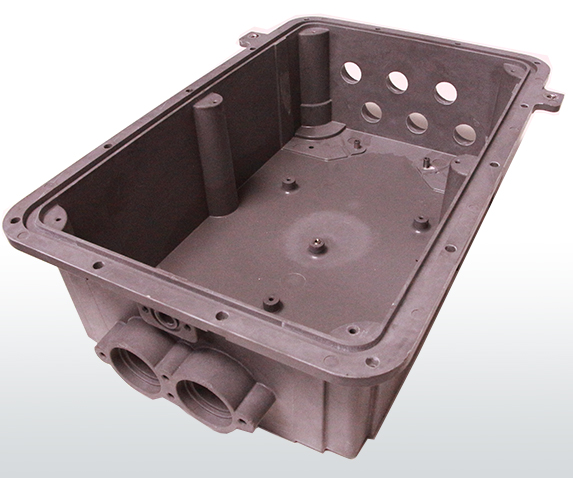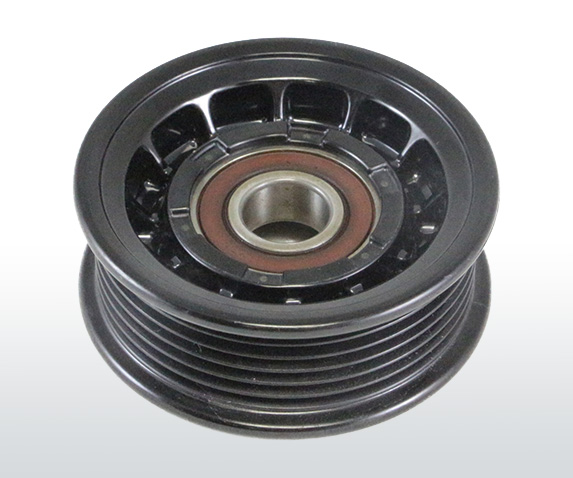Thermoset vs. Thermoplastic
Many potential customers are unsure whether a thermoplastic or thermoset molding material is best for their product application. The answer depends on the material property requirements of the product application. How the product is used, and the environment the product operates in are two of the biggest variables to determine if a thermoset or thermoplastic is best. Using a thermoplastic in an application that requires material performance properties of thermosets could cause product or material failure in the field, so it is important to understand how each material can affect your product and its cost to manufacture.
Despite both thermoset and thermoplastic materials ability to be processed in similar ways, ie injection and compression molding; the molded end-product’s material properties can be significantly different. As such, the material requirements of a product or application during use and within its operating environment can lend itself closer towards a thermoset or a thermoplastic.
Operating Environment
For products operating in a high temperature environment, thermosets are a definitive material choice over thermoplastics. Molded thermoset parts provide heat resistance up to 500F and above depending on the material formulation, whereas most thermoplastics will degrade chemically and physically when exposed to such high temperatures. Additionally, thermosets have excellent chemical resistance properties, allowing product usage in challenging environments that could be exposed or submerged in oils, water, fluids, and other chemicals.
In electrical or lighting applications, materials can offer electrical insulation performance or even conductive properties. Some electrical applications require a UL flammability rating, proving the burning rate or combustion potential of a material or molded product. Thermosets such as bulk molding compounds (BMCs) are insulative by nature, with most formulations yielding strong track and arc resistance properties.
Another operating environment that caters to thermoset plastics is outdoor applications. Humidity in the air or ultraviolet (UV) rays from the sun can severely degrade some thermoplastics or cause discoloration after only a few hours in direct sunlight, whereas most thermosets are not as affected and remain physically and chemically stable when exposed to UV and humidity or moisture.
Product Usage
Is the end-product to be used over and over again or is it to be discarded after a one-time use? Does the product need to remain durable over time? Because thermoplastics can be recycled, reground, and remolded, they are a suitable molding material for many low-cost or one-time use plastic products that can easily be discarded/recycled by end-users. Thermosets by comparison, cannot be remolded after initial heat forming and therefore may not as suitable for single-use products depending on the application requirements.
Another variable to consider is cost vs material performance. Engineers and sourcing analysts must weigh material costs vs the material performance required in a given application. Over-engineering can incur unnecessary costs towards the end-product, while under-engineering a product could create room for quality defects on the end-product, and in turn remove trust with valued customers and consumers.





Comments are closed